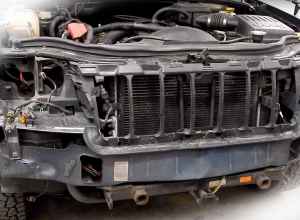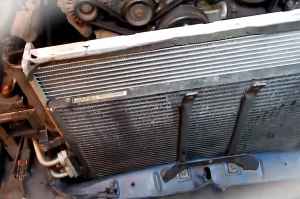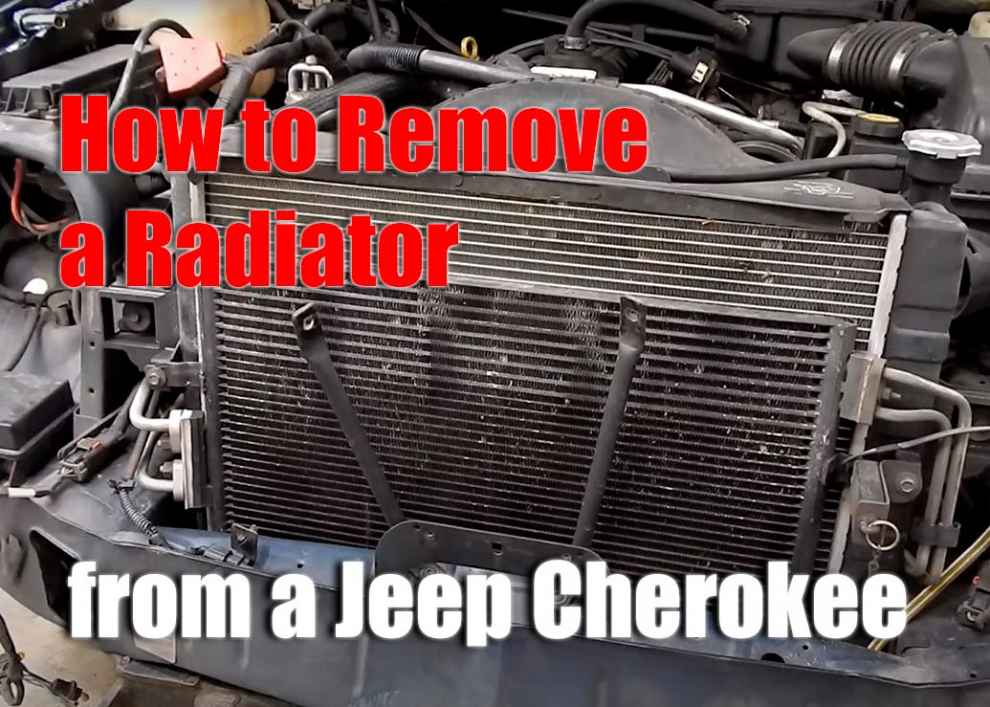The radiator in a Jeep Cherokee is vulnerable to damage, and it’s not uncommon for the radiator to leak, which will require you to replace it. The process is not difficult, but it can be challenging when you don’t know what you are doing. You’ll need to take some precautions before and during the removal process in order to avoid damaging your vehicle. We will show you how to remove your radiator from a Jeep Cherokee so that you can replace it with a new one!
Step #1
The first thing you’ll need to do is disconnect your battery. This will make sure that the car doesn’t suddenly start when you are working on it, which might lead to injury or damage to yourself and anything around the vehicle. You don’t want anyone getting hurt!
Step #2

Step #3
Next, loosen each screw (except for those holding down brackets) along both sides of the top edge of your Jeep Cherokee’s grill so that you can lift off the radiator.
Step #4
After you’ve done this, lift the grill off of the vehicle and remove it completely from your Jeep Cherokee so that all parts are revealed to you.
Step #5
Now, disconnect any electrical connections in order to prevent sparks or injury as you continue working on the car (a few wires will need to be removed by lifting straight up while others may require loosening a bolt before pulling them out).
Step #6

Step #7
Now, remove any brackets or screws from the old radiator so you can lift it out easily. Be careful not to drop anything on your vehicle as this might cause some serious damage!
All ready to install
You’re going to want to replace parts of the new grille right away and reattach them with what are leftover screws (if they are loose). This will prevent rusting for a long time after the installation has been completed.
You’ll need to put back all bolts into their original spot if they had fallen off during removal, but be sure not to tighten them too much within an inch away from where you’ve tightened last – we don’t want any leaks now do we? If there’s any fluid left in the new radiator, make sure to let it drain out into a container as you installed at one end of your old radiator.
Finally, you’ll need to reconnect any electrical connections that were disconnected and reinstall your battery before starting up the engine! Be careful not to overheat or damage anything else while driving around after installation has been completed.
Now you’re ready for some road trips with no worries about leaking the best radiator!

Add Comment